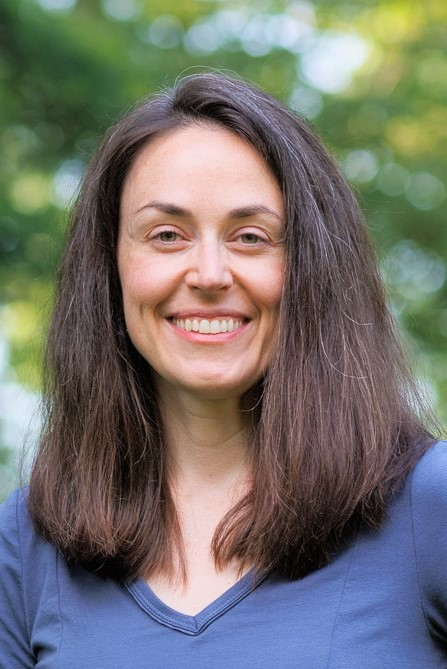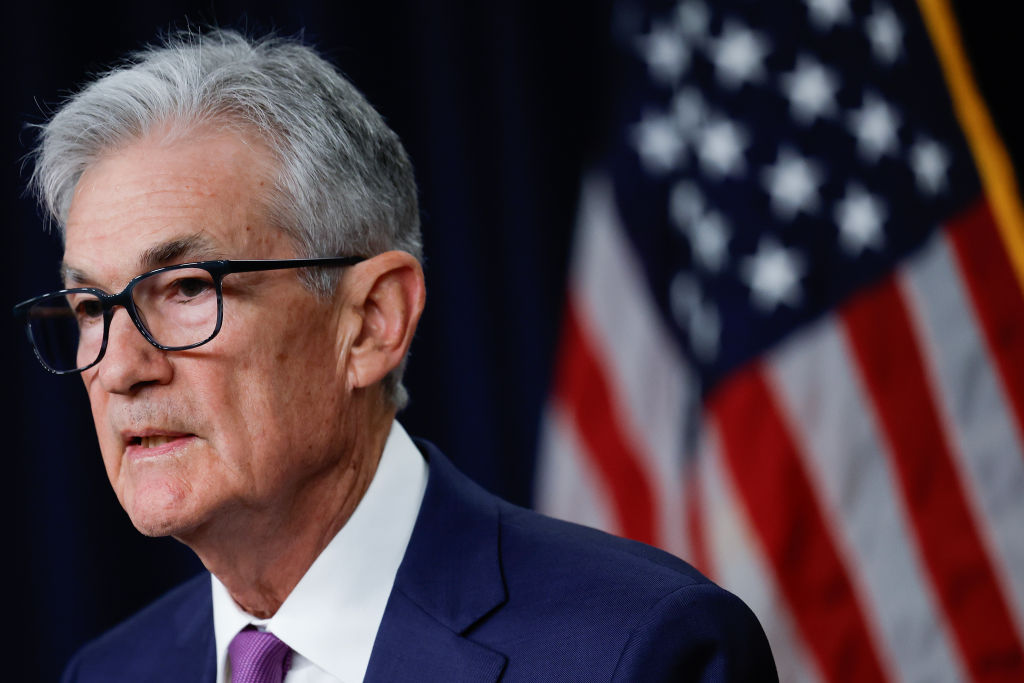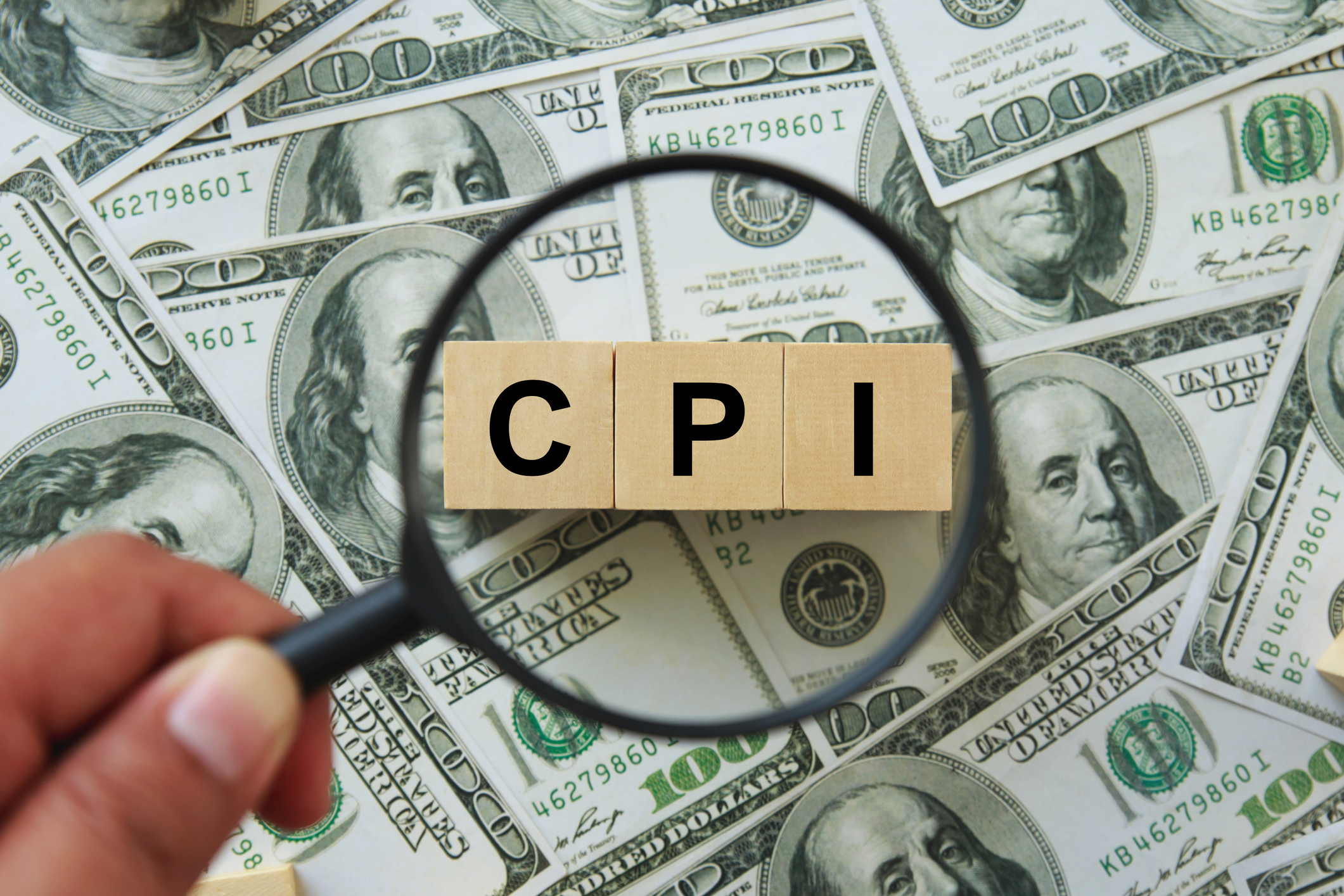Where to Score the Best Interest Rates on Your Savings
You can earn up to 2% and still sleep tight. Willing to take a risk? You could snag 4%.

For savers, the days of earning tantalizing rates on a wad of cash seem like a distant dream. If you need a safe place to park your money now, the prospects aren’t pretty. Money funds are paying almost nothing. The most generous rates on bank deposit accounts barely brush 1%. Even the highest-yielding Internet checking accounts, once heralded as the go-to place for great rates on up to $25,000, are paying 2% to 3%—and that’s only if you meet certain requirements, such as using a debit card several times a month. And agreeing to lock up your money for a few months or years doesn’t help much: A five-year certificate of deposit yields, on average, 1.19%. Rates aren’t moving up anytime soon, either. In response to the still-sluggish economy, the Federal Reserve announced last summer that it would keep short-term rates near zero through mid 2013—and maybe longer.
Given the challenging environment, some financial planners are getting creative in the hunt for yield. Brent Perry, president of Piedmont Financial Advisors, in Indianapolis, has told clients with plenty of cash and a penchant for travel to look into accounts that offer frequent-flier miles instead of interest. With $50,000 parked in BankDirect’s Mileage Checking Account, for example, you could earn 60,000 American Airlines miles in a year. With that, he estimates, you could buy two round-trip domestic coach tickets worth about $500 minimum—an immediate return of 1%.
We’ve listed the top spots for eking out interest on your savings, depending on your tolerance for risk and how long you can tie up your money. You can also search for higher-yielding accounts at www.nerdwallet.com/rates, which shows you options from local banks and credit unions as well as from banks that accept deposits nationally.
From just $107.88 $24.99 for Kiplinger Personal Finance
Become a smarter, better informed investor. Subscribe from just $107.88 $24.99, plus get up to 4 Special Issues

Sign up for Kiplinger’s Free Newsletters
Profit and prosper with the best of expert advice on investing, taxes, retirement, personal finance and more - straight to your e-mail.
Profit and prosper with the best of expert advice - straight to your e-mail.
No risk, low reward
For your emergency fund—at least three to six months’ worth of living expenses—and any other savings that need to be safe and immediately available, look to accounts insured by the Federal Deposit Insurance Corp., such as interest-bearing checking and savings accounts and money market deposit accounts. Each account is insured up to $250,000. (Credit union deposits are insured up to the same limits by the National Credit Union Share Insurance Fund.)
With yields on money market deposit accounts as meager as they are—the average savings account pays less than 0.3%—rate shopping is essential. With a $2,500 deposit, you can earn 1.18% in a money market account at Incrediblebank.com, although you’ll trigger a $10 maintenance fee if your balance drops below $2,500. Other banks with good rates include AmTrust Direct ($500 to open an account) and MyBankingDirect ($5,000 to open an account). Both are affiliated with New York Community Bank, and both pay 1.15%, but at AmTrust Direct you need to maintain a $10,000 balance to qualify for that rate. Money market deposit accounts generally provide checks and an ATM card for withdrawing cash or to use for purchases. You can also transfer funds electronically to a linked checking or savings account. You are limited to six transfers per month, not including cash withdrawals at the ATM.
You can open a savings account at Alliant Credit Union with just $5, and it pays 1.15%. (A $10 contribution to Foster Care to Success, a nonprofit organization that serves foster teens, makes you eligible to join the credit union.) Or you can open an FDIC-insured savings account at CNBBankDirect, the online division of Citizens National Bank in Bluffton, Ohio, with just $1 and earn 1.05%. American Express Bank also offers a savings account with no minimum balance that pays 1%. You can link a savings account to a checking account to transfer funds.
If you meet the qualifications—which usually include banking online and using a debit card for purchases—a high-yield checking account is another option. The amount eligible to earn the highest rate is usually limited to $25,000 or less, and some of the best rates are available only to residents of the states where the bank does business. But Union State Bank, in Kansas, for one, is open to anyone and its My Rewards checking account pays 2.5% on deposits up to $25,000. You can find insured high-yield accounts offered by community banks and credit unions at Checking Finder.
The CD option
For money you can tie up for a few months or more—say, a portion of your emergency fund that you wouldn’t need for at least three months, or money earmarked for tuition or retirement income—consider certificates of deposit. CDs come with maturities that typically range from three months to five years, with longer maturities offering higher yields.
You can invest in a long-term CD even if you think you may cash out early or if you want to take advantage of rising rates—just be sure to check the interest penalty. For example, a five-year CD from Ally Bank, which yields 1.89%, charges a penalty of only 60 days’ yield if you withdraw the money early. But a five-year CD from Intervest National Bank, which offers a slightly higher rate of 2.00%, takes back half your interest with its early-withdrawal interest penalty of 30 months.
Constructing a CD ladder—putting chunks of cash in CDs of varying maturities—allows you to benefit from the best current yields and stay flexible enough to snag top rates down the road. When interest rates rise, you reinvest cash from shorter-term CDs to take advantage of higher yields. Your longer-term CDs will continue to earn interest at today’s highest rates. If you’d like to put more than $250,000 (the maximum that the FDIC will insure in a single account) in CDs, the Certificate of Deposit Account Registry Service (CDARS) offers a convenient way to invest your funds. You deal with one participating bank, which sets the rate and parcels out $250,000 chunks to some of the more than 3,000 participating institutions.
U.S. savings bonds are another supersafe investment for money you can tie up for a year. EE bonds pay low rates (0.6%) but I-bonds pay an attractive 3.06%. You can cash in savings bonds after 12 months, but if you redeem them before five years have passed, you forfeit the last three months’ worth of interest. The I-bond’s rate is composed of a fixed rate, currently 0%, that lasts for the life of the bond and a semiannual inflation rate that changes every six months. If you bought a $1,000 I-bond and redeemed it after a year, you’d still earn about 3% interest after the penalty. You must purchase savings bonds in an online Treasury Direct account.
Higher risk, higher reward
You can earn 3% or 4% in WorldCurrency CDs from EverBank. The CDs, which have maturities of three to 12 months, invest in currencies of foreign markets—a six-month CD invested in the South African rand, for example, recently yielded 3.68% (there’s a $10,000 minimum purchase). The CDs are FDIC-insured against bank failure, but you take on currency risk—you could lose principal if the U.S. dollar rises—so consider putting cash in a few different currencies to hedge against price fluctuations. The WorldCurrency Basket CD, with a maturity of three or six months, invests in a mix of three or more currencies. Basket CDs require a $20,000 minimum purchase.
If you’re willing to forgo FDIC insurance completely, explore ultra-short-term bond funds. Some of them suffered heavy losses during the downturn in 2008 and proved to be more risky than expected. And as with other bonds and bond funds, when interest rates go up, prices of short-term debt securities go down. But because of the bonds’ short maturities, substantial losses aren’t in the cards.
Many of these funds yield less than 2%, and much of your gains will be eaten up if expenses are high. TCW Short Term Bond I (symbol TGSMX), an ultra-short fund with no sales charge and expenses of just 0.44%, recently yielded 2.2%. TCW also offers an intermediate-term bond fund, TCW Core Fixed Income (TGFNX), that could be a low-risk cash substitute as long as interest rates remain low (see Bond Funds Instead of Bank Accounts?). The fund yields 2.6%.
Profit and prosper with the best of Kiplinger's advice on investing, taxes, retirement, personal finance and much more. Delivered daily. Enter your email in the box and click Sign Me Up.

Lisa has been the editor of Kiplinger Personal Finance since June 2023. Previously, she spent more than a decade reporting and writing for the magazine on a variety of topics, including credit, banking and retirement. She has shared her expertise as a guest on the Today Show, CNN, Fox, NPR, Cheddar and many other media outlets around the nation. Lisa graduated from Ball State University and received the school’s “Graduate of the Last Decade” award in 2014. A military spouse, she has moved around the U.S. and currently lives in the Philadelphia area with her husband and two sons.
-
 The Santa Claus Rally Officially Begins: Stock Market Today
The Santa Claus Rally Officially Begins: Stock Market TodayThe Santa Claus Rally is officially on as of Wednesday's closing bell, and initial returns are positive.
-
 How to Leave Different Amounts to Adult Children Without Causing a Rift
How to Leave Different Amounts to Adult Children Without Causing a RiftHere’s how to leave different amounts to adult children without causing a family rift.
-
 My Retirement Learning Curve, 1 Year In
My Retirement Learning Curve, 1 Year InA retiree checks in with what they wish they knew early on and what they've changed about their plan one year in.
-
 9 Types of Insurance You Probably Don't Need
9 Types of Insurance You Probably Don't NeedFinancial Planning If you're paying for these types of insurance, you may be wasting your money. Here's what you need to know.
-
 The November CPI Report Is Out. Here's What It Means for Rising Prices
The November CPI Report Is Out. Here's What It Means for Rising PricesThe November CPI report came in lighter than expected, but the delayed data give an incomplete picture of inflation, say economists.
-
 The Delayed September CPI Report is Out. Here's What it Signals for the Fed.
The Delayed September CPI Report is Out. Here's What it Signals for the Fed.The September CPI report showed that inflation remains tame – and all but confirms another rate cut from the Fed.
-
 Banks Are Sounding the Alarm About Stablecoins
Banks Are Sounding the Alarm About StablecoinsThe Kiplinger Letter The banking industry says stablecoins could have a negative impact on lending.
-
 What Will the Fed Do at Its Next Meeting?
What Will the Fed Do at Its Next Meeting?The Federal Reserve is set to resume its rate-cutting cycle at the next Fed meeting.
-
 Amazon Resale: Where Amazon Prime Returns Become Your Online Bargains
Amazon Resale: Where Amazon Prime Returns Become Your Online BargainsFeature Amazon Resale products may have some imperfections, but that often leads to wildly discounted prices.
-
 May Fed Meeting: Updates and Commentary
May Fed Meeting: Updates and CommentaryThe May Fed meeting came and went with little fanfare as Fed Chair Powell & Co. stuck to their data-dependent script toward interest rates amid tariff uncertainty. The May Fed meeting came and went with little fanfare as Fed Chair Powell & Co. stuck to their data-dependent script toward interest rates amid tariff uncertainty.
-
 CPI Report Puts the Kibosh on Rate Cuts: What the Experts Are Saying About Inflation
CPI Report Puts the Kibosh on Rate Cuts: What the Experts Are Saying About InflationCPI Consumer price inflation reared its ugly head to start the year, dashing hopes for the Fed to lower borrowing costs anytime soon.